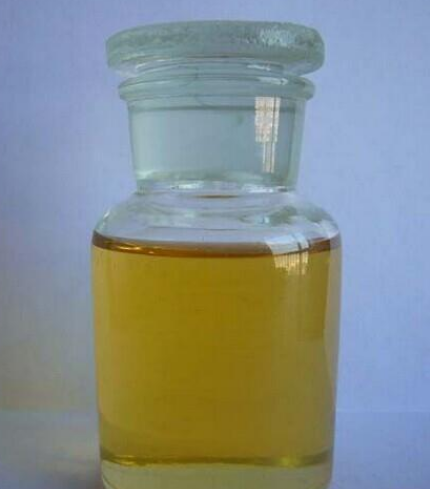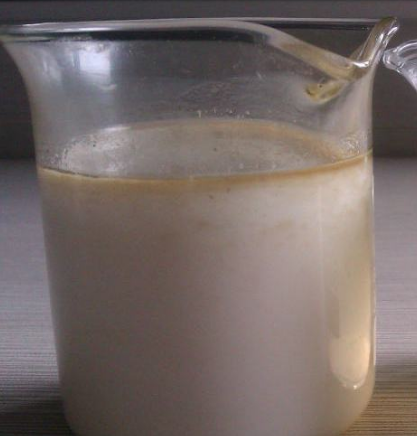在浮选过程中,有时为了提高药剂(例如捕收剂)的分散和浮选效果,需先加破乳剂,对药剂加以乳化处理;有的选矿药剂本身易于乳化,而矿浆中的乳化泡沫会影响后步工序,造成精矿溢流损失或尾矿废水对河川的污染。为此,在上述情况下需添加破乳剂加以处理。使用破乳剂时需先调整乳浊液的pH值,对于强碱、强酸乳浊液一般需将pH值调至1~10的范围。在石油、化工、毛纺和机械加工等行业的含油乳浊液的废水处理中,除了用物理破乳方法(如加热法、膜分离法、电场破乳法)以外,也常用破乳剂进行化学处理。普遍使用的破乳剂是由多种组分构成的高分散性的混合物。对水包油型乳浊液的破乳通常用带有H+、Al3+、Fe3+等阳离子的无机物作破乳剂,如无机酸、硫酸铁等;而对油包水型乳浊液的破乳,一般用阴离子型和非离子型表面活性剂或两者的混合物作为破乳剂。

由于一些固体难溶于水,当这些固体一种或几种大量存在于水溶液中,在水力或者外在动力的搅动下,这些固体可以以乳化的状态存在于水中,形成乳浊液。理论上讲这种体系是不稳定的,但如果存在一些表面活性剂(土壤颗粒等)的情况下,使得乳化状态很严重,甚至两相难于分离,很典型的是在油水分离中的油水混合物以及在污水处理中的水油混合物,在此两相中形成比较稳定的油包水或者水包油结构,其理论基础是“双电层结构”。

在此情况下,投入一些药剂,以破坏稳定的双电层结构,以及稳定乳化体系,从而达到两相分离的目的。使用的这些为了达到破坏乳化作用的药剂称之为破乳剂。
Mobile phone: 18632116121
Email: zhongrunhuaxue@163.com
Address: West District, Lingang Economic and Technological Development Zone, Cangzhou, west to Jingsi Road